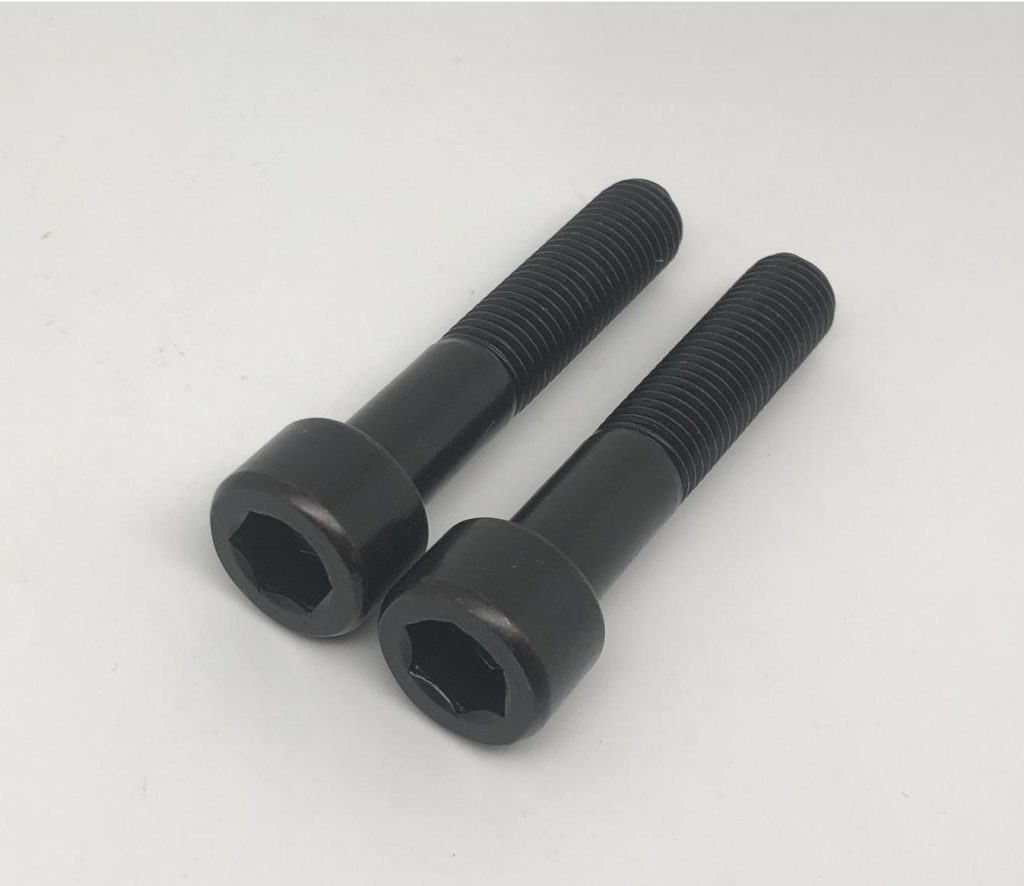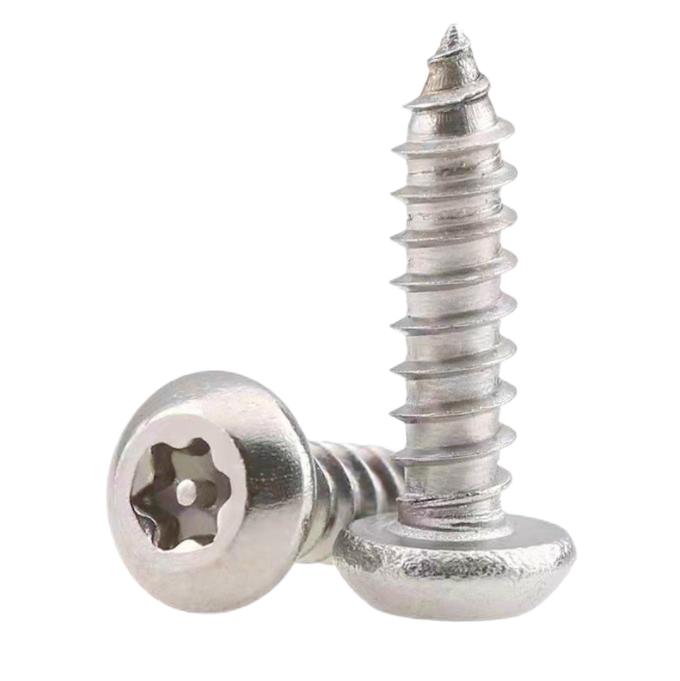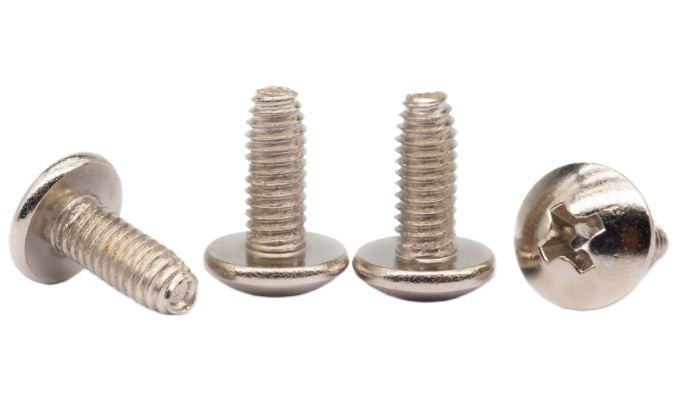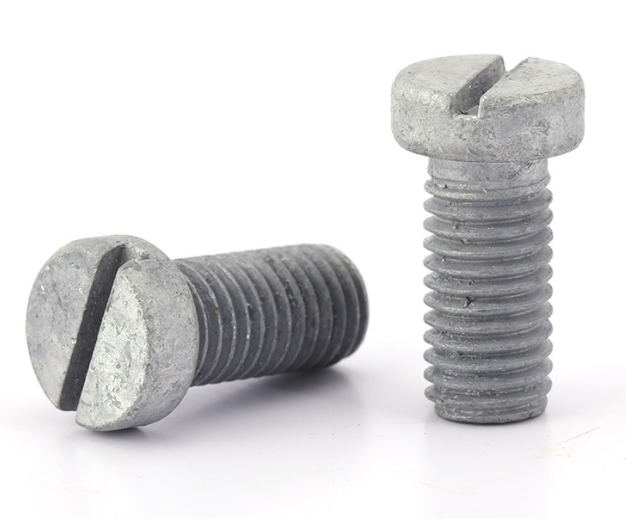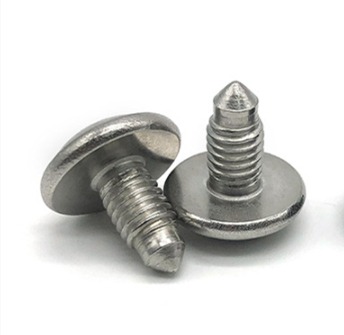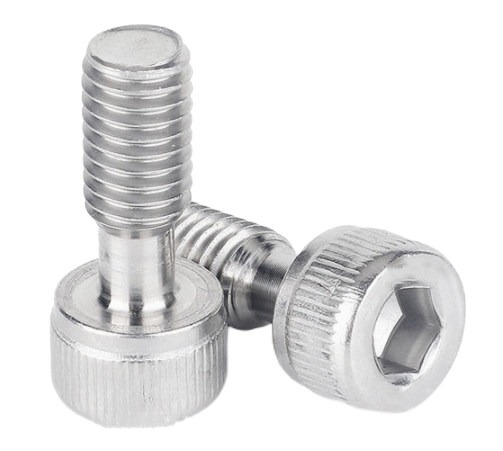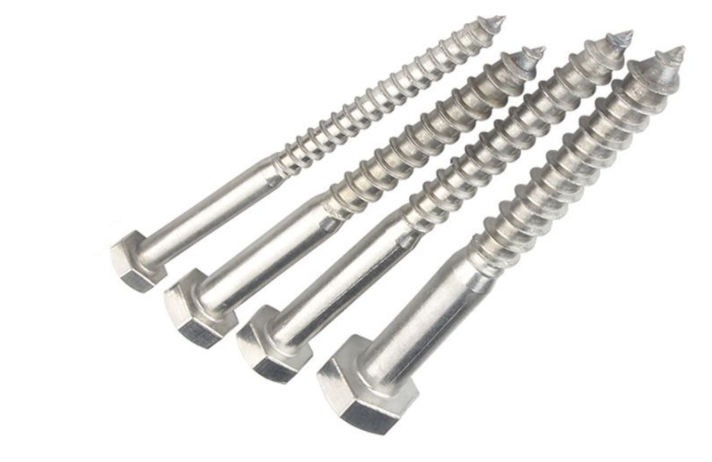Everything You Need to Know About Self-Tapping Screws
Self-tapping screws are a type of fastener that can be used to join two pieces of material together. They are similar to bolts, but they have a self-tapping thread that allows them to cut their own threads into the material as they are being inserted. This makes them a convenient and quick way to fasten materials together, and they are often used in applications where drilling a pilot hole is not feasible or desirable.
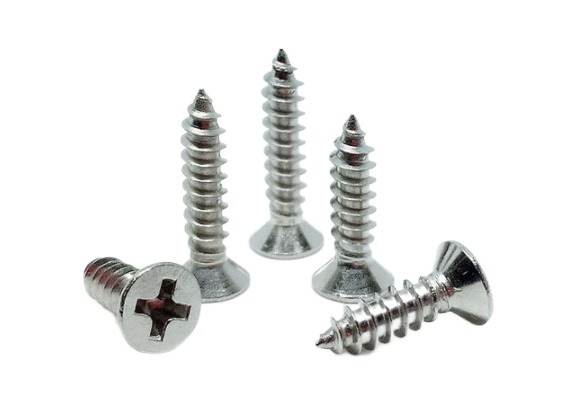
Self-Tapping Screw Structure
Self-tapping screws are typically made of steel or stainless steel, and they have a variety of head shapes and thread types. The head shape determines the way that the screw is driven, and the thread type determines the type of material that the screw can be used with.
The most common head shapes for self-tapping screws are round head, flat head, and pan head. Round head screws are the most basic type, and they are typically used in applications where the head of the screw will not be visible. Flat head screws have a flat surface that allows them to be flush with the surface of the material, and they are often used in applications where a decorative finish is desired. Pan head screws have a raised, dome-shaped head that provides a larger bearing surface, and they are often used in applications where the screw needs to be held in place with a washer.
The most common thread types for self-tapping screws are self-tapping thread, machine thread, and drywall screw thread. Self-tapping thread is a wide thread that is designed to cut its own threads into the material as it is being inserted. Machine thread is a standard thread that is used with nuts and bolts. Drywall screw thread is a special thread that is designed for use with drywall.
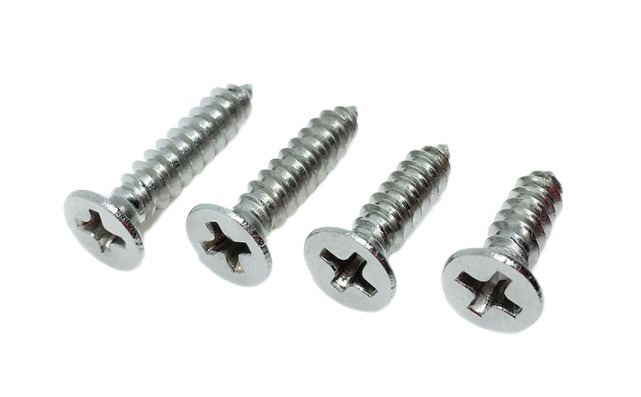
Self-Tapping Screw Types
There are a variety of different types of self-tapping screws available, each with its own specific application. Some of the most common types of self-tapping screws include:
- Ordinary self-tapping screws: These are the most basic type of self-tapping screw, and they can be used with a variety of materials. They have a self-tapping thread that is designed to cut its own threads into the material as it is being inserted.
- Cut self-tapping screws: These screws have a cutting edge that allows them to cut through thicker materials. They are often used in applications where a pilot hole cannot be drilled, such as when attaching wood to concrete.
- Self-extruding self-tapping screws: These screws have a special thread that expands as the screw is inserted, providing a secure hold in the material. They are often used in applications where a high degree of holding power is required, such as when attaching metal to metal.
- Drill self-tapping screws: These screws have a drill bit at the tip that allows them to create a pilot hole before the screw is inserted. This helps to prevent the screw from damaging the material that it is being inserted into.
- Metal drive screws: These screws have a special thread that is designed for use with metal. They have a sharper point and a deeper thread than ordinary self-tapping screws, which allows them to grip the metal more effectively.
- Wallboard self-tapping screws: These screws have a special thread that is designed for use with drywall. They have a blunt point and a shallow thread, which prevents them from damaging the drywall.
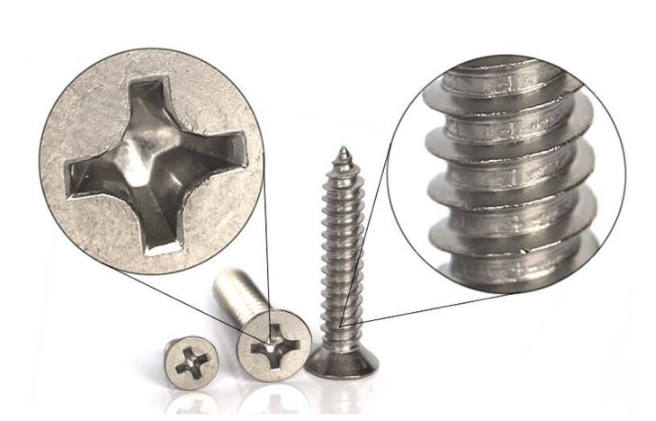
Self-Tapping Screw Features
- Quick and easy to install: Self-tapping screws can be installed quickly and easily with a screwdriver or power drill. This makes them a convenient option for DIY projects.
- Can be used with a variety of materials: Self-tapping screws can be used with a variety of materials, including wood, metal, plastic, and drywall. This makes them a versatile option for a wide range of applications.
- Provide a secure hold: Self-tapping screws provide a secure hold in the material that they are being inserted into. This makes them a reliable option for fastening materials together.
- Often less expensive than other types of fasteners: Self-tapping screws are often less expensive than other types of fasteners, such as bolts and nuts. This makes them a cost-effective option for many applications.
How to Use Self-Tapping Screws?
Self-tapping screws can be used with a variety of tools, including screwdrivers, power drills, and impact drivers. The type of tool that you use will depend on the size and type of screw that you are using.
To use a self-tapping screw, first make sure that the hole that you are drilling is the correct size for the screw. Then, insert the screw into the hole and turn it clockwise until it is fully inserted.
If you are using a power drill, be sure to use a low-speed setting to prevent the screw from stripping. Additionally, you may need to use a pilot hole if the screw is very large.
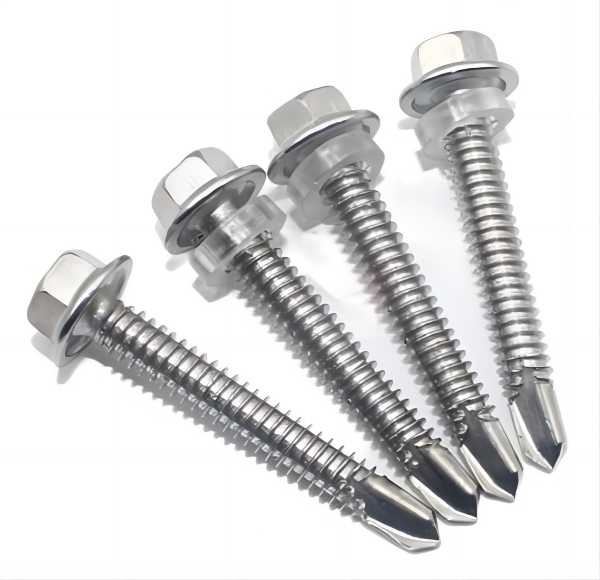
Self-Tapping Screw Safety
When using self-tapping screws, it is important to take precautions to protect yourself from injury. Always wear safety glasses when working with screws, and be careful not to over-tighten the screws. Additionally, be sure to dispose of used screws properly.
Conclusion
Self-tapping screws are a versatile and convenient type of fastener that can be used with a variety of materials. They are quick and easy to install, and they provide a secure hold. However, it is important to use self-tapping screws safely and correctly. By following the tips in this article, you can ensure that your self-tapping screw projects are successful.

